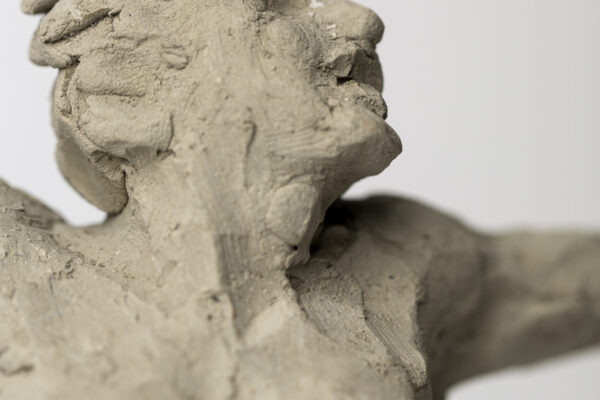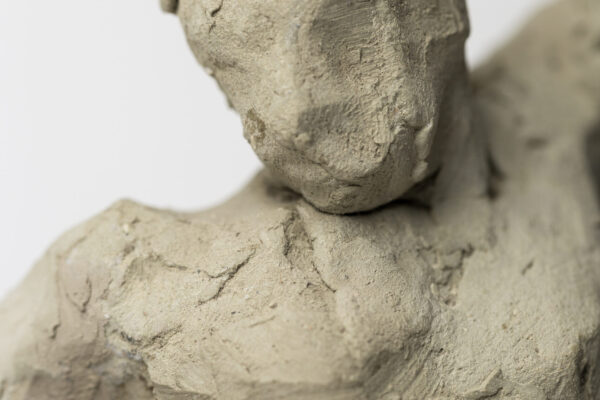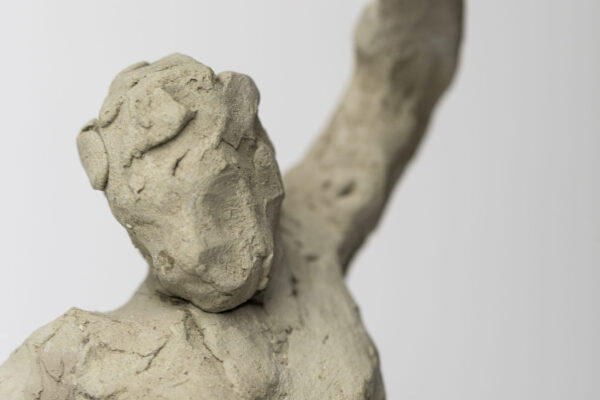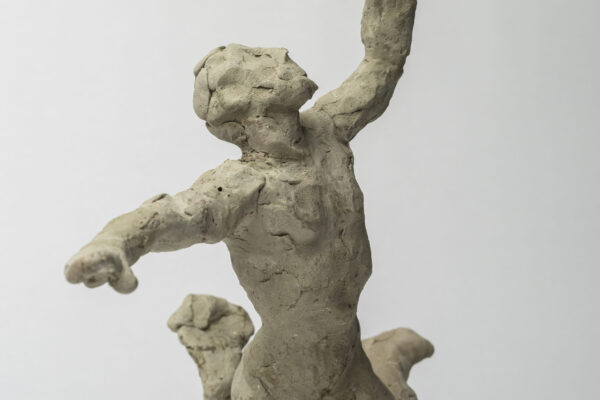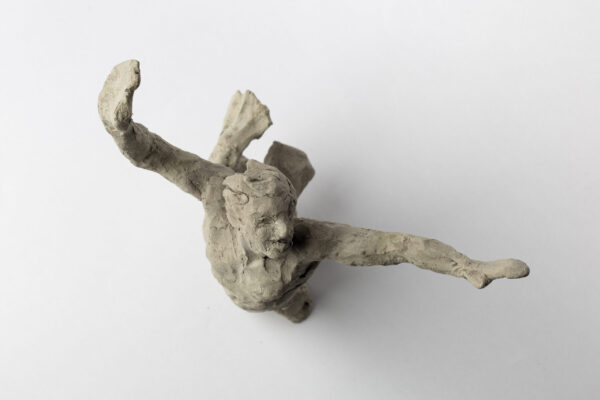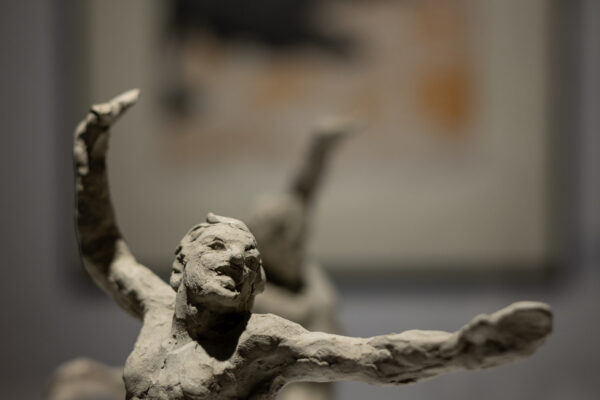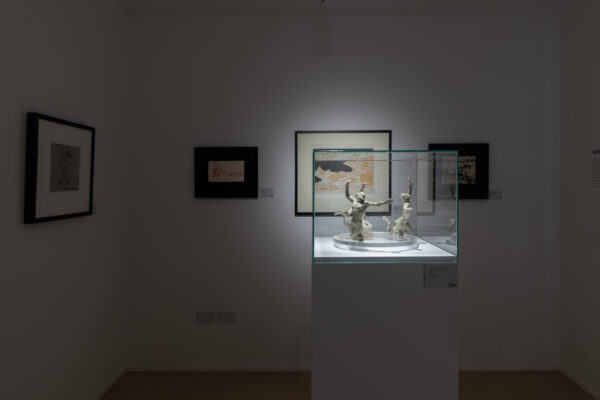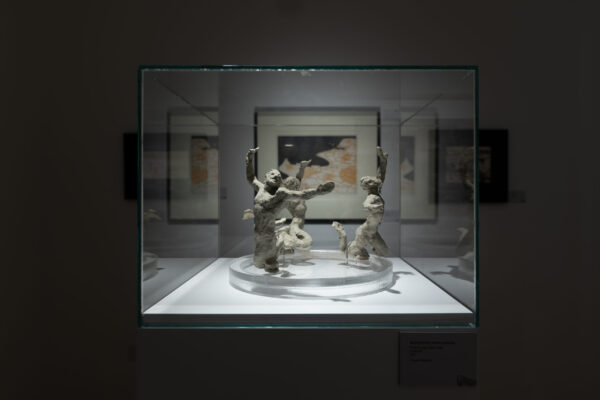The newly relocated Victor Pasmore Gallery, from the gunpowder polverista on the St James Counterguard to a seventeenth-century palazzo on St Paul Street, in Valletta, comes with several exciting new possibilities. While the upper floor will be dedicated to a permanent display of a collection of works by one of Britain’s foremost abstract artists, Victor Pasmore (1908–1998), the second floor will be transformed into a gallery for successive temporary displays focused on Maltese twentieth-century art, on loan from public, and especially private collections. Exploring the various rooms of the gallery, visitors are afforded the possibility to discover the several facets, complexities, ambiguities and, at times, contradictions, of twentieth-century art as expressed in the visual practice of some key players of the Maltese modern art scene.
